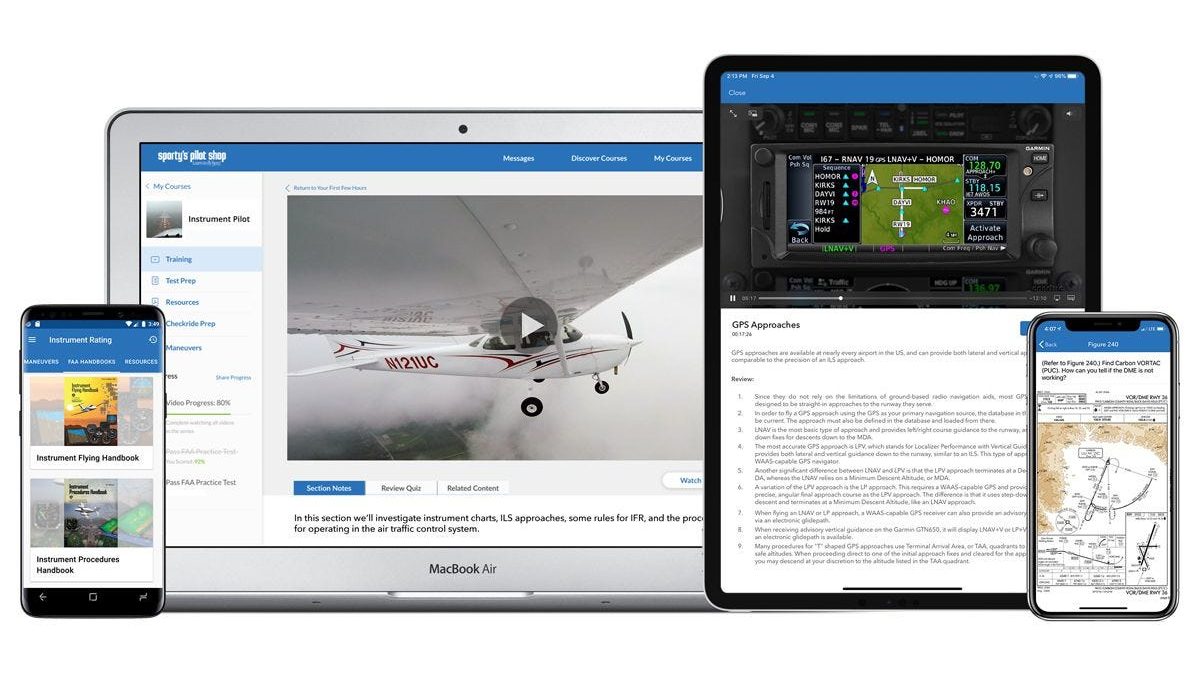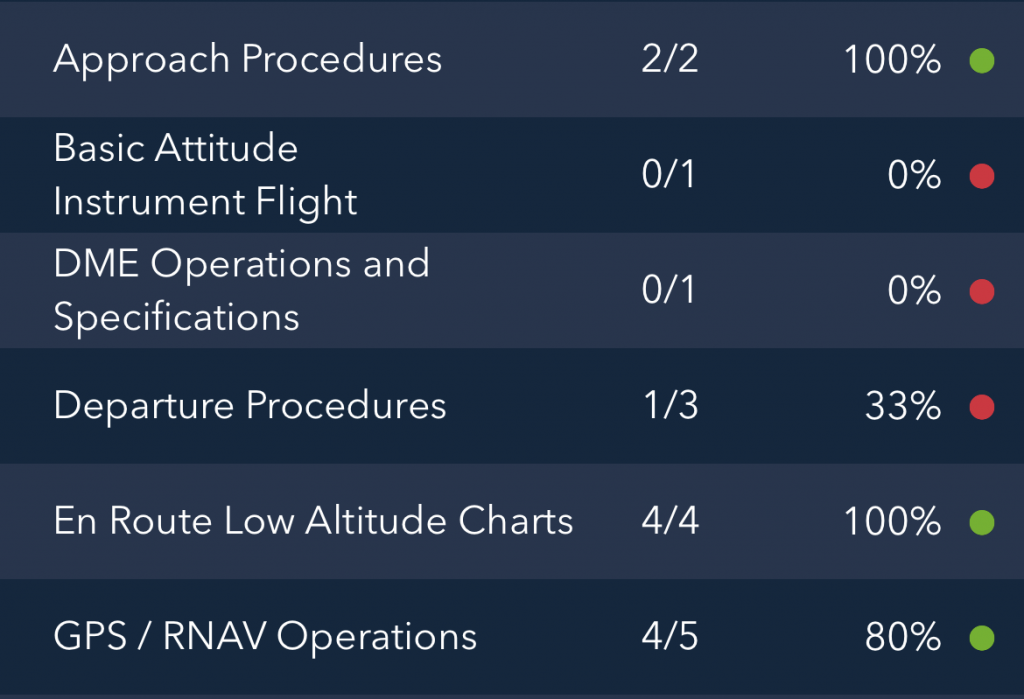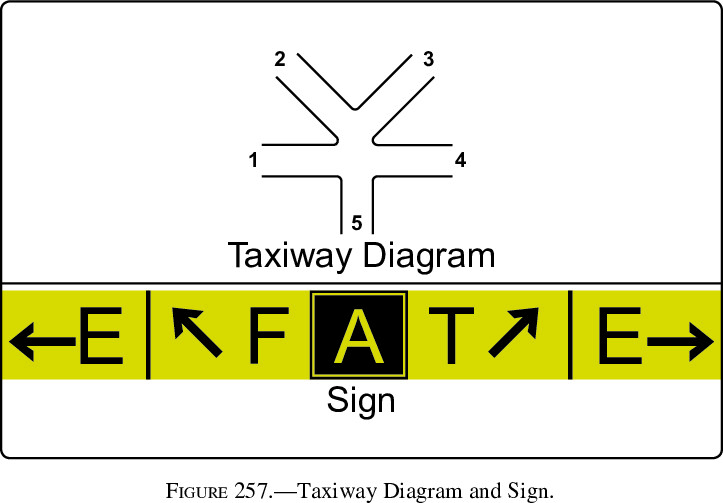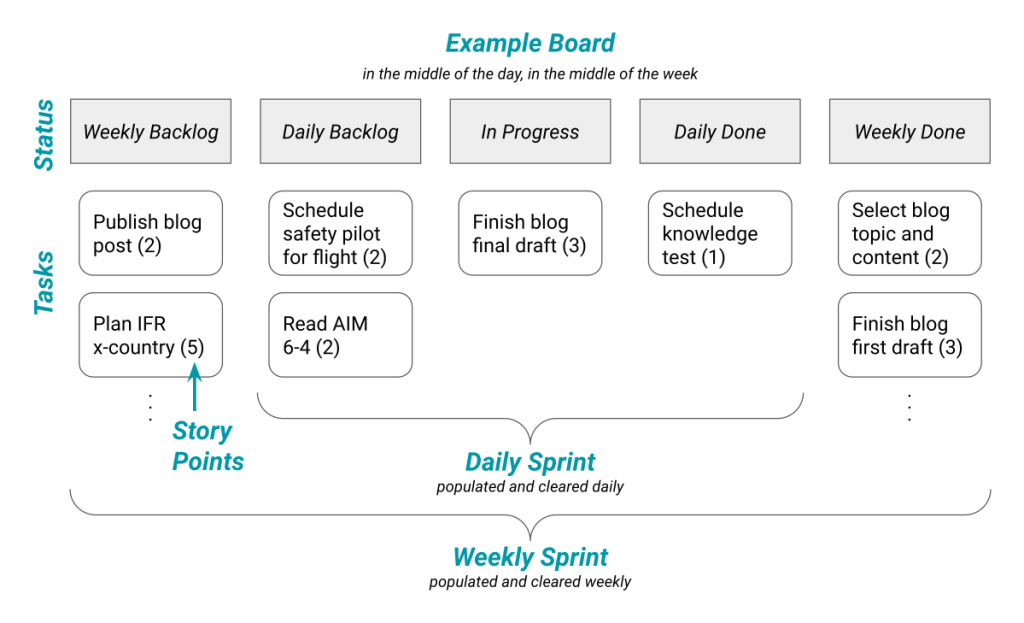Update: The r/flying community strongly recommended using Sheppard Air to prepare for the instrument written test. I can’t personally recommend the software, but wanted to pass on the tip to future readers.
I had only planned to write about the figures in the testing supplement1, but two experiences on the instrument written test motivated a second post.
- I was much more stressed than I expected during the test. This testing strategy helped me avoid (several) silly mistakes.
- My approach seemed to work! I only missed two answers (97%) on the final test.
It’s useful to break preparing and testing into three stages.2
- Months Before ~ Learn the Material
- Weeks Before ~ Find and Fill Knowledge Gaps
- Night/Day Of ~ Make the Most of Test Day
Months Before ~ Learn the Material
Start by building a base of instrument flight knowledge. There is a lot to learn, so take your time and pay attention to why a topic matters and how it connects to other topics.
Fortunately, ground schools and FAA publications are great resources for this.
Ground School

I used Sporty’s ground school and highly recommend it. It sounds like there are many good options though if you prefer a different format or style.
I also recommend revisiting lessons as they become relevant to your practice instrument flights. This helps make topics relevant to actual flying.
FAA Publications
While the FAA’s content is excellent, I found it hard to retain information just by reading them. If you also learn best by doing, try to read a handful of pages, then find ways to apply the knowledge.
Consider testing scenarios in a simulator, hunting for relevant examples in approach plates, or seeing how ForeFlight addresses a particular need.3
Regardless of your approach, here are a few sources of information for the instrument written test.45
- All of the Instrument Procedures Handbook
- All of the Instrument Flying Handbook
- Relevant portions of the FARs and AIM
- Terminal Procedures Supplement
- Aviation Weather and Aviation Weather Services
- Flight in Icing Conditions
Weeks Before ~ Find and Fill Knowledge Gaps
At this point, the goal is to identify and fill any gaps in your knowledge. I found practice tests, study guides, and flight planning most useful.
When you do find a gap, try reading blogs6 or FAA resources until you feel comfortable applying the knowledge. If you’re like me, some gaps take a few rounds to fill.7
IFR Study Guide from Pilot’s Cafe

The IFR Quick-Review Study Guide from Pilot’s Cafe was my favorite resource for catching gaps.
I went line by line, and reread relevant materials for any section I felt weak on.
Planning IFR Flights
Planning real8 IFR flights supplied a steady stream of practical gaps, especially around scenario-based questions.
It also led to interesting “real-world IFR” questions for my CFII.
Practice Instrument Written Tests
After completing Sporty’s ground school, I periodically reviewed their instrument written test questions to see what categories I was weak in.

As the test drew closer, I took full practice FAA exams from Sporty’s and the free exams from King Schools. I felt ready when I was scoring consistently above 95% and completing them in ~1 hour.
Reviewing Figures in the Testing Supplement
In general, I found studying the Knowledge Testing Supplement too narrow in scope to surface gaps.
There are a few key figures, however, which are worth knowing. I will walk through these figures in my other blog post.
Night/Day Of ~ Make the Most of Test Day
It’s nearly the day of the test. Nice! You’re going to do great!
The goal now is to avoid losing points for silly reasons. This is all about getting the most from your brain.
Night Before and Morning Of
It’s old advice, but good advice: plan a relaxing evening, a good night’s sleep, healthy meals, and plenty of water to help your brain function at its best.
I also like to set out my clothes and materials the night before, so I don’t have to worry about it in the morning.9
One last trick: Wear something yellow; it’ll help you test better.10
During the Test
You can probably complete the instrument written test in less than the allowed 2.5 hours. But since you have the time, let’s make good use of it.
At this point, we’re not trying to make new knowledge magically appear. We are trying to utilize existing knowledge as best we can.
We’ll do this by taking the test twice. The first time will use your knowledge directly, to find the correct answer. The second time will use it indirectly, by checking for mistakes and eliminating incorrect answers.
First Pass: Find the Correct Answer
First, complete the test as you normally do. When possible, think of what you expect the answer to be before reading the options.
Bookmark any questions you want to come back to, and feel free to complete questions in whatever order you prefer.11
Plausibly Useful Idea: Picking an Answer When You’re Not Sure
There will be a couple of poorly worded questions and a couple of questions you simply don’t know. That is just fine; there is a strategy for picking when you’re not sure.
Try these steps in this order:
- Eliminate any answers you can.
- When possible, take an educated guess among the remaining options. Trust your gut if one feels correct; also trust your gut if one feels wrong.
- When all else fails, always pick in this order of preference: A, or if that’s eliminated, B.12
Second Pass: Find Mistakes and Eliminate Incorrect Answers
I know taking the test a second time is the worst. It’s worth revisiting every question though, since you may catch silly mistakes.
In addition, you can re-engage your brain by changing how you try to find the answer. Instead of looking for the right answer, try to eliminate two wrong answers.
Be careful though: Revisiting questions can be dangerous since it’s easy to over-think them. Remember, it’s usually best to stick with your original answer.
Catching Mistakes
Starting from the beginning of the test, read each part of each question slowly. You’re looking for subtle information you missed the first time.
Here are a few tips for questions with a high risk of mistakes.

Tip: Draw the situation on paper, and rotate it as needed to confirm angles and perspectives. Make sure to check things like TO/FROM flags.

Tip: Write each step of your reasoning out in long-form. Try to solve it again using a different approach, and confirm you get the same answer.

Tip: Flip through both Appendix 1 and Appendix 2 of the Testing Supplement to see if you can find hints at the correct, or incorrect, answers.((I’ll talk a lot about this more in my next post.))
Eliminate Incorrect Answers
After parsing each part of the question, eliminate incorrect answers one-by-one.
If you can eliminate two as false, and the remaining one was your original answer, great! If you find two good answers remain, stick with your original answer.
Remember: The goal is to catch simple errors, not to remember something you forgot the first time. Be slow and methodical, but don’t stress yourself. And think twice before changing your original answer.
That’s everything I did to study for and take the instrument written test! Let me know how this approach works for you or if you have any suggestions.
You’re going to do great!
Jack
- You can find that post here. ↩︎
- To keep focused, I used my system for personal task management. I added tasks for each publication chapter and each ground school lesson. Then as the test got closer, I added tasks for taking practice tests and filling knowledge gaps. ↩︎
- You may also want to connect ForeFlight to your home simulator. ↩︎
- Also consider looking over the instrument resources from Wes Irish. ↩︎
- Are there others that you found helpful? Please comment below! ↩︎
- IFR Magazine and Boldmethod were particularly reliable. ↩︎
- Looking at you, compass errors from magnetic dip 😩 ↩︎
- More accurately: planned and preflighted as real, but to be flown in Microsoft Flight Simulator. ↩︎
- And don’t forget proof of your current address, if it doesn’t match your ID. ↩︎
- Why? Because my 10th-grade biology teacher told us so, and I’ve decided to never fact check it. Real or placebo, I’ll take the extra brainpower. Plus, the fake sunshine always makes me smile 🌞 ↩︎
- Or whatever works for you to complete the test. I didn’t like constantly flipping through the supplement, so I did all figure questions after doing non-figure questions. ↩︎
- Assuming answers are random, you have a 33% chance of either A, B, or C. If you guess A for all 60 questions, you’d get 33% correct and score a few extra points. But, if you guess inconsistently, you’ll likely score less than 33%. ↩︎

